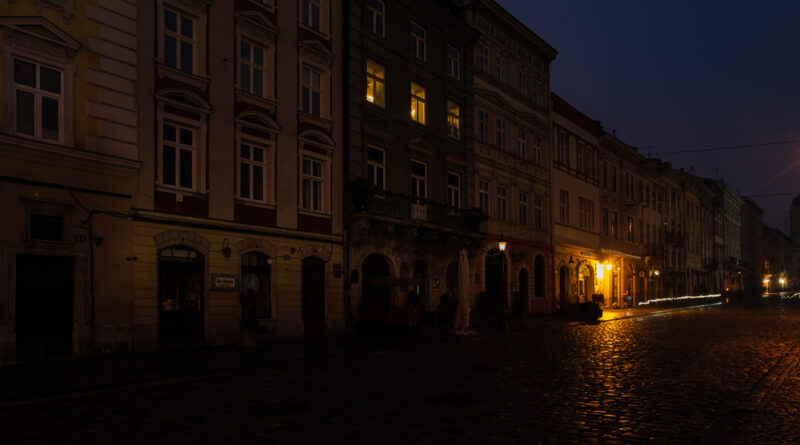Europe’s Lights Go Out—And Cyber Fears Flicker On
When parts of Spain and Portugal plunged into darkness this week, the images were unsettlingly familiar: airport departure boards frozen mid-flight, city-centre traffic lights blinking dead, supermarket freezers eerily silent. Within hours the power was back, yet the question still humming across the continent is harder to switch off: Was this simply a technical fault—or the latest strike in an invisible cyber war on Europe’s critical infrastructure?
The Anatomy of a Modern Blackout
Power grids fail for plenty of old-fashioned reasons—storm damage, equipment fatigue, operator error—but post-incident forensics now always include a digital lens. Iberia’s outages tick several boxes that investigators scrutinise when weighing up a potential cyber trigger:
-
Synchronised disruption: Multiple substations tripped in rapid succession, interrupting electricity, telecoms and transport in two countries.
-
Limited physical damage: Lines and transformers were largely intact, hinting that the fault may have originated in software rather than steel.
-
Rapid recovery: Engineers restored most supply within 36 hours, suggesting control signals—not hardware—needed re-establishing.
None of these indicators prove foul play. They do, however, justify a deep dive into the supervisory control and data acquisition (SCADA) systems that balance Europe’s grids minute by minute.
The Forensic Maze: From Log Files to Loopholes
Locating malicious code inside an operational-technology (OT) environment is like tracking a single ripple in the Atlantic. Plant sensors generate terabytes of telemetry every day; core logs roll over quickly to keep systems responsive. Digital sleuths must therefore capture volatile memory, correlate network traffic and reconstruct exact timelines—often while keeping lights on for millions of homes.
-
System-log gaps: Legacy substations sometimes record events in coarse five-minute snapshots, leaving blind spots that attackers could exploit.
-
Remote access sprawl: Covid-era work-from-anywhere policies expanded virtual-private-network gateways, providing would-be intruders with more portals.
-
Supply-chain risk: Grid operators rely on third-party firmware and monitoring software; a tainted update can smuggle malware past perimeter firewalls.
Analysts caution that a clean forensic bill of health can take weeks. Even if no malware surfaces, the effort exposes configuration drift, unpatched devices and imperfect incident response playbooks—lessons that will feed directly into Europe’s next wave of cyber-regulation.
Echoes of a Troubled Timeline
Europe has weathered a crescendo of infrastructure probes and disruptive hacks since Russia’s invasion of Ukraine in 2022. French investigators last month accused Moscow’s GRU of almost a decade of espionage targeting ministries and defence suppliers. In 2023, Microsoft’s threat-intelligence unit charted a constellation of novel wiper tools directed at rail, energy and satellite networks in Eastern Europe.
Meanwhile, Ukraine’s own electricity grid has twice endured coordinated cyber-induced blackouts—in 2015 and again in 2022—each time traced to Russian state actors. Those playbooks, experts note, centred on long-dwell intrusions that mapped OT environments before issuing precise kill commands.
If the Iberian incident turns out to be benign, the pattern still raises the stakes: hostile states have both capability and precedent to flip Europe’s switches at will.
A Race to Reset Defences
Brussels has been busy tightening the cyber screws. NIS2, adopted last year, obliges every EU member to outline a national security strategy and mandates breach-reporting for “essential” entities such as energy, transport and healthcare. More recent rules under the Cyber Resilience Act push hardware makers to patch vulnerabilities throughout a product’s lifespan and certify “security by design” before devices reach the single market.
Yet regulation alone cannot retrofit decades-old substations overnight. Most grid operators still straddle two worlds: one foot in the analogue age of electromechanical relays, the other stepping into AI-optimised demand response. This IT-OT convergence widens the attack surface just as hostile actors gain access to commoditised malware, initial-access brokers and AI-assisted reconnaissance tools.
Inside the Investigation: What Happens Next
-
Log harvesting & timeline mapping – Digital forensics teams extract server, historian and firewall records, freezing them in read-only repositories.
-
Malware & indicator sweep – Memory dumps and packet captures are scanned for known exploits, unusual process calls or rogue user accounts.
-
Hardware interrogation – Field engineers pull configuration images from protective relays and PLCs to verify firmware integrity.
-
Threat-intelligence fusion – Findings are shared across national CERTs, grid operators and intelligence agencies to cross-match tactics, techniques and procedures.
-
Attribution & disclosure – Only once evidence is rock-solid will officials publicly confirm or deny cyber involvement—sometimes never, if doing so reveals defensive gaps.
Preparing for a Tomorrow-Night Event
While detectives chase byte-level breadcrumbs, grid operators are drawing their own conclusions. Many are accelerating moves to:
-
Zero-trust architectures that treat every internal connection as potentially hostile.
-
Strict network segmentation between IT business systems and OT control layers.
-
Immutable backups capable of rebuilding critical databases within hours, not days.
-
Exercise programmes that rehearse “dark-site” scenarios where operators run blind—by radio and paper—should digital screens go dark.
The Power of Uncertainty
For citizens, the lights are back on; for policymakers, the glare is only intensifying. Whether next month’s detailed report chalks Spain and Portugal’s blackout up to a mis-configured substation or to clandestine sabotage, the lesson remains stark: Modern societies run on electrons and algorithms intertwined. Investigators might eventually prove that no hacker flicked this week’s off switch. But as Europe’s grid grows smarter—and its geopolitics sharper—the margin for doubt is shrinking faster than the time it takes for a continent to go dark.
Photo Credit: DepositPhotos.com

